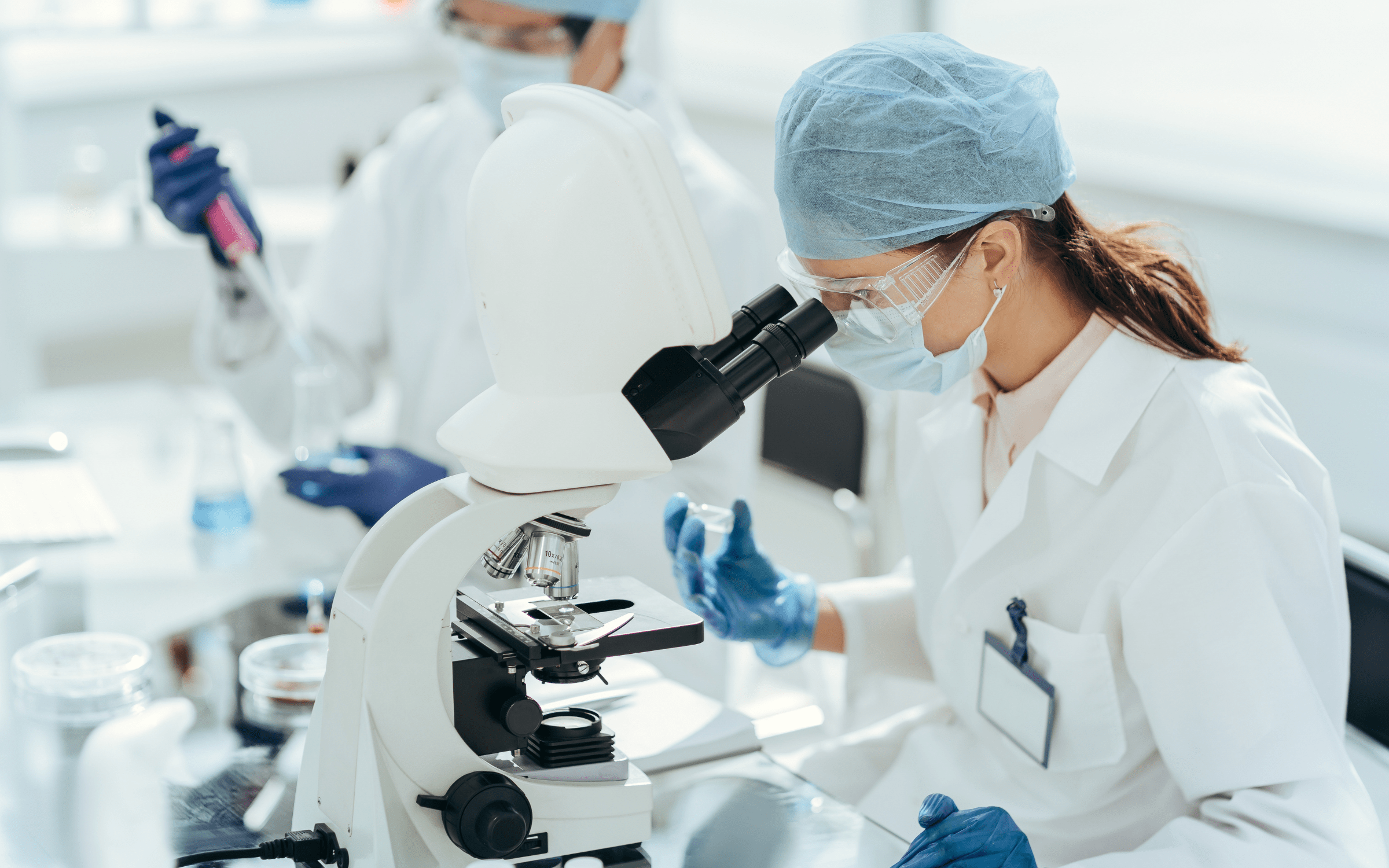Today, we’re providing an insider’s view into our operations. As you review the “Tasks and Test Areas of the Laboratory,” you’ll notice numerous abbreviations, technical terms, and standards. Our work adheres to strict standards and procedures, ensuring a safe reprocessing process for medical devices. Let’s break it down:
Cleaning Performance
The OPA method is utilized for assessing the efficacy of catheter lumen cleaning procedures in accordance with DIN EN ISO 15883-5 Annex C. As an example, the medical device under analysis undergoes rinsing with an SDS solution, potentially dissolving residual proteins and leading to contamination. Subsequently, the solution is analyzed for residual protein content through quantitative assessment of free amino groups. This protocol is integral to routine in-process monitoring of lumen catheters and system qualification, exemplified by our washer-disinfectors. Additionally, medical devices like ablation catheters, transseptal needles, introducer sheaths, and various others are artificially contaminated with coagulated heparinised sheep’s blood for the latter scenario. Both inner and outer surfaces are considered, and post-cleaning, residual protein content is evaluated to gauge cleaning effectiveness, thereby ensuring the success of medical remanufacturing.
Disinfection Performance
In addition to assessing cleaning performance, our laboratory also analyzes the disinfection effectiveness of Vanguard AG washer-disinfectors as part of system qualifications. Similarly to the cleaning assessment, medical devices undergo intentional contamination with coagulated heparinized sheep’s blood. However, a notable distinction lies in the inclusion of the test organism Enterococcus faecium in the blood. This bacterium’s robust resistance to heat and alkalinity renders it an ideal indicator for evaluating cleaning and disinfection processes. Following disinfection, the presence of the test organism on medical devices is measured to evaluate disinfection efficiency.
Cleanroom Monitoring
Beyond checking medical devices, our laboratory monitors production facilities operating under cleanroom conditions. Continuous monitoring of environmental conditions is essential. We regularly determine viable particles in the air according to DIN EN 17141, using active impaction methods and passive sedimentation plates. Additionally, we analyze workplace surfaces and personnel for potential biocontamination using contact plates.
Water
Water quality, including drinking water, process water, and final rinse water, undergoes thorough scrutiny. Process water used in treatment processes is continuously analyzed for contamination and compliance with prescribed specifications, guided by regulations such as the Drinking Water Ordinance and the European Pharmacopoeia. We employ a variety of standardized microbiological and chemical methods to test water for various parameters, including microbiological indicators, pH value, and electrical conductivity.
What may seem straightforward is, in reality, a technical and scientific achievement that our research and development department continually monitors and enhances.

Dr. Marc Schulte, Head of Laboratory and Hygiene Conception




